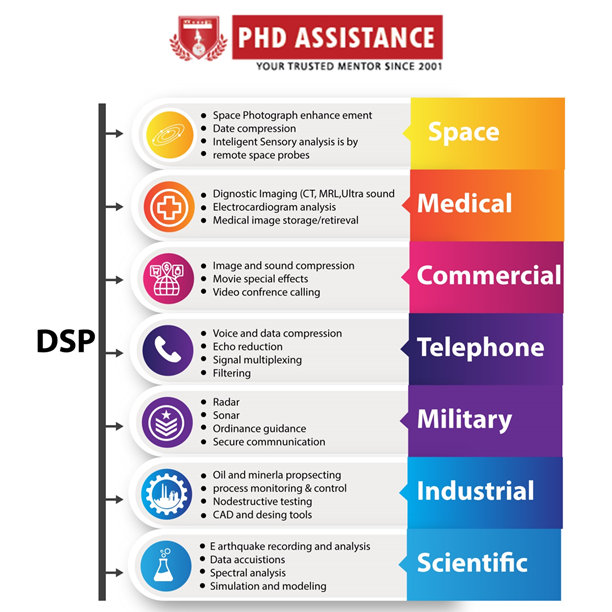Research methodology is a systematic method by which a research problem is solved. It reflects how the research is to be carried out. Essentially, it involves describing, explaining and predicting phenomena. It also defines the methods by which knowledge is gained. The objective of research methodology is to present the work plan of the research.
Writing a research methodology is complex. It is full of terminology that is frequently used, but in different contexts. Expectations differ for what this section should look like. However, the methodology is a transformational step that is arrived at after considerable intellectual challenge. No single journal can help you with writing a methodology chapter. Every supervisor and discipline has their own research methods. Methodology chapters of recent theses should also prove a guide.
Generally, a Research Methodology chapter has two components: One called the Research Approach that describes the theoretical orientation and justification, and the other involving data collection and analysis that gives an account of how the research is undertaken. For some disciplines, the focus is on the tools and procedures of data collection and analysis.
This chapter has headings and subheadings to facilitate writing ideas into the relevant sections. It establishes the credibility of the research which is demonstrated by using an already validated approach, or by undertaking qualitative research.
DIGITAL SIGNAL PROCESSING (DSP)
Digital Signal Processing (DSP) is an indispensable technology in the communication field. DSP chips replace analog electronics and find applications in different areas.
DSP uses computers to process signals using numerical methods that include data acquisition, analysis, synthesis, evaluation and identification among others in order to extract information. It can process digital signals as well as analog signals. The analog signal, however, must be converted into a digital signal before it can be processed by a DSP.
The basic theory of DSP includes the following:
- Filtering unwanted frequency and noise in the
input analog signals to avoid spectral aliasing distortion after sampling.
- Analog-to-digital conversion technology,
sampling theorem, quantization error analysis
- Representation and operation of signals,
various transformations, description and analysis of time-domain and
frequency domains of time-domain discrete signals and systems
- Fast algorithms in digital signal processing
that include fast Fourier transform, fast convolution, etc
- Design and implementation of analog filters
and digital filters
- Multi-sampling-rate signal processing
technology
- Good flexibility: DSP are suitable for
computer processing, and can also be realized by programmable devices. It
is easy to change its parameters through programming so that the system
can realize various processing functions.
- Stable and reliable: The characteristics
of the DSP are not easy to change with the changes in the use conditions.
- High processing accuracy: It works in a binary
state, so it is not affected by internal noise as in the case of an analog
circuit.
- Easy to encrypt and decrypt: It can solve
problems in encryption and decryption algorithms.
- Facilitate large-scale integration: The basic
units that make up a DSP have a high degree of consistency, so it is convenient
for large-scale integration and large-scale production.
- Easy to automate and multifunctional: DSP can
easily perform corresponding operations based on various states, and a
system can implement multiple functions.
The quasi-signal processing system can only perform some conventional simple processing on signals, while DSP uses numerical operations to implement signal processing, and many complex processing can be performed using computers.
Compared to analog signal processing, DSP has many advantages which are as follows:
DSP is recognized by its data flow and real-time computing nature. DSP applications are used to process radio or seismic signals, human-machine interaction, and in security operations.The type of data used can be either floating-point or fixed-point numbers. The algorithm can be defined as non-terminating or terminating, nested in recurrent equation or do-loop.Both the hardware and the architecture of the algorithm get influenced by the sampling rate.With the increasing sampling rate,there is increased demand for computation power or parallelism from hardware architecture.In conclusion, DSP is the process of analyzing and modifying a signal to optimize its efficiency. It applies different computational and mathematical algorithms on digital and analog signals and enhances their quality..The following image gives how DSP is used in different fields.
Thus, DSP technology keeps upgrading itself day by day.Its key components of growth are speech and image processing, and telecommunication.


.png)



0 Comments